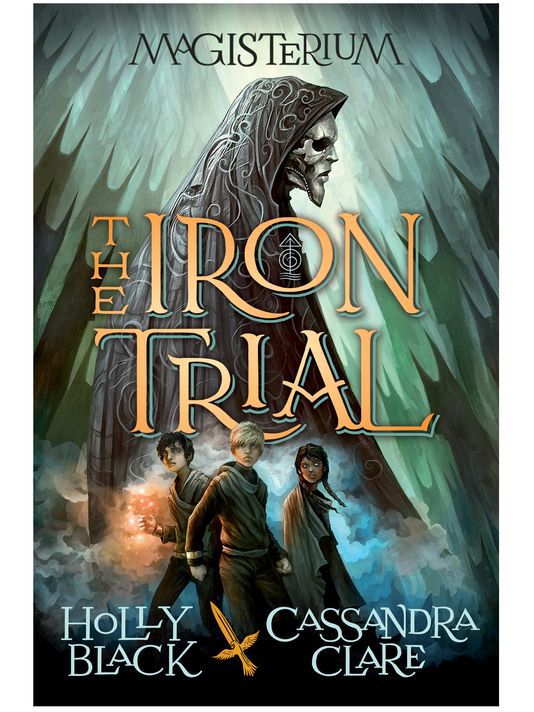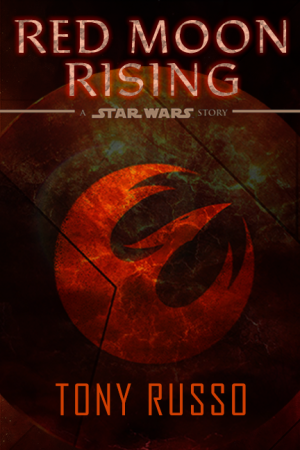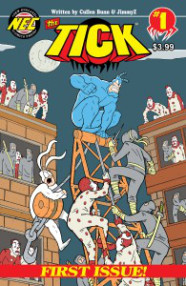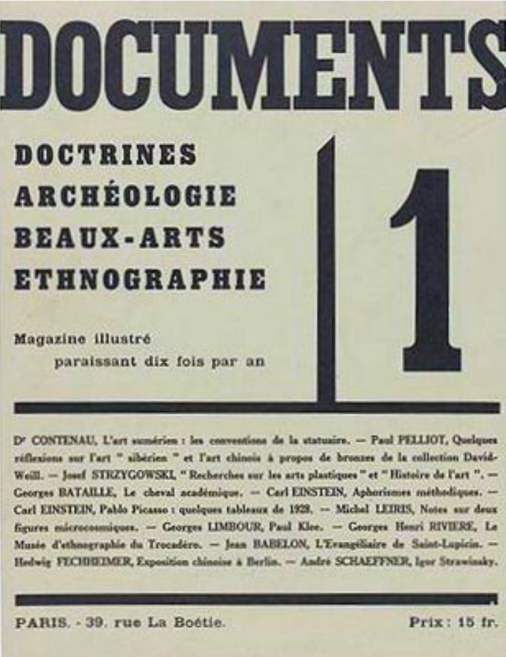[Goodreads Link]
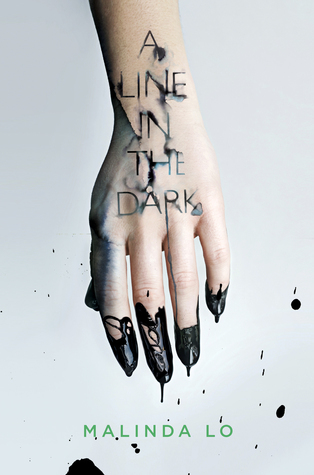
Writing: B
Plot: C+
Setting: B
Characters: A
Social: B-
Overall: B
Review:
(Actually had this one 80% ready-to-go days after Forest of a Thousand Lanterns, buuut NaNoWriMo.)
I’m waffling here. I’ve got a broad handful of opinions from all over the spectrum. Most of them are about the end. It’s a hard thing not to have opinions about the end; it’s the culmination of the characters’ journeys. If someone is shrugging off your ending, you didn’t do a good job writing it.
(Conversely, an ending you can’t shrug off doesn’t necessarily equate a good book.)
A Line in the Dark is the tale of Jess’s intense feelings for Angie, her best friend. Angie begins dating Margot, a rich girl attending the fancy-shmancy Pearson Brooke boarding school. Jess is quiet and observant — sometimes uncomfortably so, when it comes to Angie — and she picks up on Margot’s sketchy nature when she’s the only one who sees her steal from the ice cream parlor Angie works in. Turbulence develops in Jess and Angie’s friendship: Jess cannot stand the two-faced and manipulative Margot and Margot cannot stand poor, awkward Jess.
Things come to a head at Margot’s Christmas party. There is much too much alcohol, the petite gold gun from Margot’s mother’s room, and at the end of the night: a dead girl.
Here’s what A Line in the Dark isn’t: a happy LGBT book.
Here’s what A Line in the Dark is: A succinct and smartly crafted tale of friendship, murder and loyalty.
If you’ve read any other YA thrillers on what lengths girls will go to for their friends, the sights and sounds here are familiar — at it’s core, it isn’t new ground — but it’s still enjoyable. The protagonist in those tales is usually a straight, white, rich girl and Jess is the daughter of working class Chinese immigrants and a lesbian. It’s a fresh breath of air in worn tale, complemented by the excellent plot structure and efficient storytelling. The first 60% or so is told from Jess’s point of view and is often intense, and the remainder is told from a surprisingly cold third person point of view combined with snippets of police interviews. It effectively builds up the emotion in Jess’s part and allows the reader to bulldoze through the remainder in the scramble for answers.
Jess’s voice is simple and straightforward. The phrasing is a little bland at times, but the simplicity lets the tidal wave of emotions shine through, in terms of both Jess’s feelings (for Angie, for Margot, for her current situation) and in terms of the reader for Jess. It is excellent at conveying emotions. Incredibly readable prose, although unfortunately littered with filter words. I’m forgiving at this part, since most of them are direct observations from Jess and make sense from her point of view, but still frustrating.
And then there’s Jess. Jess, Jess, Jess, what am I to do about you? I’m torn between an uncomfortable level of empathy for Jess, once sitting on the agonizing end of an intense friendship-crush hybrid monster myself, but I was messed up then, and Jess is messed up here. Poor kid needs a heavy dose of therapy. But it all ensures she’s a well-rounded and emotionally complex character. She’s hurting and messed up and makes poor decisions and channels her emotions into her art. I found Angie a little on the bland side, but the rest of the cast not only filled their rolls well, but were realistic, fleshed out characters. Jess’s parents didn’t sit at static parent-type characters who misunderstand their daughter and are elevated through a couple pointed interactions with their daughter in the latter half. Margot and her friend were delectably horrible, but never caricatures. Margot’s easy manipulations have the reader chewing their lips and wondering about the validity of her feelings for Angie.
And then we have the ending, and I’m still waffling on the darn ending. From the point of a LGBT reader who wants happy endings, I’m unsatisfied by what I see on the page. But as an aspiring writer myself? Daaaaaamn. The gorgeous writing between the lines possible only through the author’s elegantly executed characterization speaks volumes. It’s not an ending where the characters receive what they think will bring them happiness, but it’s an ending where the characters receive what they need — or at the least, where they wind up at the point on the path the set themselves on.
A Line in the Dark is worth the read if you want a solid story on the different levels of relationships and loyalty, but will frustrate any readers desperate for happier LGBT novels.
Advertisements Share this: